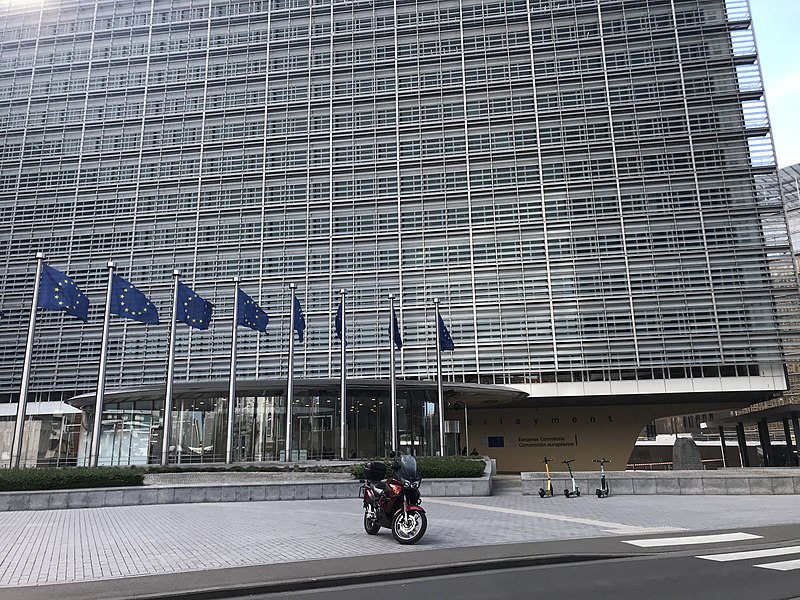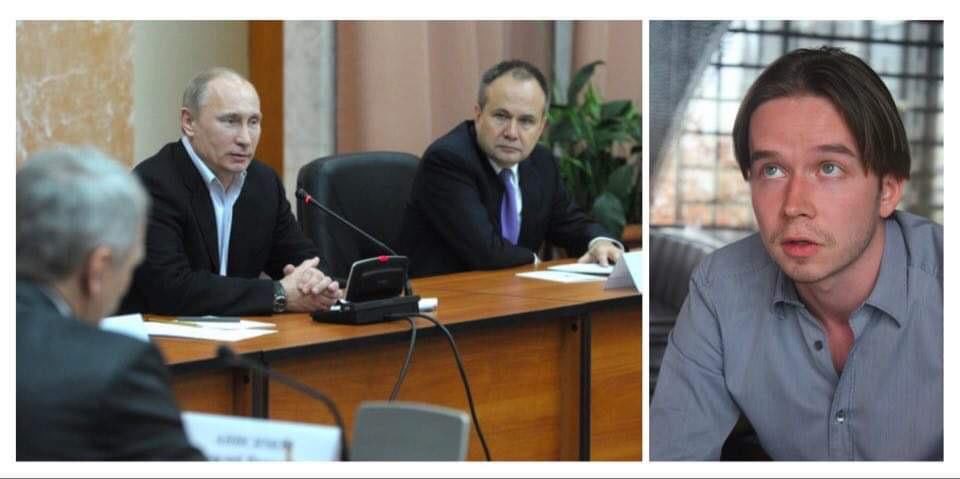
Gregor Townsend on McGinley’s Ryder Cup captaincy
October 2, 2014
Video: The Ridiculous Meaning of Europe’s Flag, Explained
October 2, 2014
* Euro zone factory PMI falls to 14-month low
* China flat, India expands at slowest pace this year
* US manufacturing expands at slower pace
By Sumanta Dey and Wayne Cole
BANGALORE/LONDON/NEW YORK, Oct 1 (Reuters) – Dwindling
demand hurt factory activity across much of Asia and Europe in
September, and mixed manufacturing indicators in the Americas on
Wednesday raised the chances of slower global economic growth in
the months ahead.
China’s manufacturing sector barely expanded, while
Britain’s slumped, and the drop in new orders did not even spare
Germany, the strongest member of the euro zone currency bloc, or
France, its No. 2 economy.
Euro zone factories’ final September purchasing managers’
index from private data vendor Markit was 50.3, down from 50.7
in August, and its lowest reading since July last year, as new
orders contracted for the first time in more than a year.
“It is very hard to put any positive spin on the September
PMI survey and contracting new orders do not bode well for
manufacturing output in the fourth quarter,” said IHS Global
Insight economist, Howard Archer.
While the European Central Bank (ECB) is unlikely to move
interest rates at its meeting Thursday in the wake of slow
eurozone economic growth, President Mario Draghi is expected to
announce details of the ECB’s asset-backed securities purchase
program.
But the clamour is growing louder for the bank to conduct
full-blown quantitative easing (QE), involving buying sovereign
bonds – as Britain, Japan and the United States have done – to
thwart risks of deflation and revive growth.
Economists gave a 40-percent probability of such a move in a
Reuters poll last week.
“We suspect that there is still appreciable reluctance
within the ECB’s Governing Council to engage in full blown QE,
so it will only occur if the euro zone returns to recession and
consumer price inflation trends down further,” Archer said.
WIDESPREAD SLOWING
In Germany, factory activity shrank for the first time in 15
months in September, suggesting the engine of the euro zone
economy may be running out of steam. In France, the sector
contracted for the fifth month running.
France defied its European Union partners on Wednesday with
a 2015 budget setting out how it would bring its borrowing back
to within EU limits two years later than promised, a retreat it
blamed on a fragile economy.
In Britain, manufacturing grew at the slowest rate in 17
months in September as demand weakened at home and in Europe, a
factor likely to be noted by the Bank of England next week as it
assesses how soon it should start raising interest rates.
The downturn extended to Asia, with China’s official PMI of
activity staying stuck at 51.1 in September, only modestly above
the 50 level that separates growth from contraction.
China cut mortgage rates and downpayment levels this week
for some home buyers for the first time since the global
financial crisis, escalating efforts to boost an economy
threatened by the sagging housing market.
In India, factory activity expanded at its most sluggish
pace this year in September on slowing new orders and output
growth, while in South Korea, manufacturing activity shrank,
fueling doubts over the strength of its economic recovery.
With manufacturers worldwide struggling, demand fears sent
oil prices to their lowest in more than two years this week,
iron ore a five-year trough and copper a four-month low – all
likely to intensify disinflation risks in Asia and Europe.
MIXED DATA IN THE AMERICAS
The U.S. manufacturing industry expanded in September,
though at a slower pace than in August, while employment in the
sector grew at its best pace since March 2012, according to
financial data vendor Markit on Wednesday.
Markit’s final U.S. Manufacturing Purchasing Managers Index
for September slipped to 57.5 last month from 57.9 in August.
“The September PMI reading, in fact, rounds off the
strongest quarter recorded by the survey since the financial
crisis, narrowly beating the previous peak seen when the economy
was rebounding from recession in the second quarter of 2010,”
Markit chief economist Chris Williamson said.
“GDP looks set to grow by at least 3.0 percent in the third
quarter, with good momentum being sustained as we move into the
final quarter of the year,” he said.
An alternative gauge of U.S. manufacturing from the
Institute of Supply Management also showed the pace of growth
slowing in September.
Expansion in the Canadian manufacturing sector slowed in
September, too, with a Markit/RBC PMI index reading of 53.5,
pulling back from the nine-month high of 54.8 seen in August.
In Mexico, factory activity expanded at a faster pace though
with the Markit/HSBC PMI index rising to an eight-month high, in
a sign that Latin America’s No. 2 economy could pick up speed.
Mexico exports mostly manufactured goods and sends nearly 80
percent of its exports to the United States. Analysts expect the
economy to expand by about 2.5 percent this year, with growth
picking up after a weak start to the year.
However, in Latin America’s No. 1 economy, Brazil’s
manufacturing activity contracted in September for the fifth
time in six months as a limping economy and uncertainty over
Sunday’s presidential election led businesses to put off
purchases of new capital goods, the Markit/HSBC survey showed.
The HSBC Purchasing Managers’ Index for the Brazilian
manufacturing sector BRPMIM=ECI fell to a seasonally adjusted
49.3 in September from 50.2 in August.
(Editing by Louise Ireland, Clive McKeef and Bernadette Baum)


